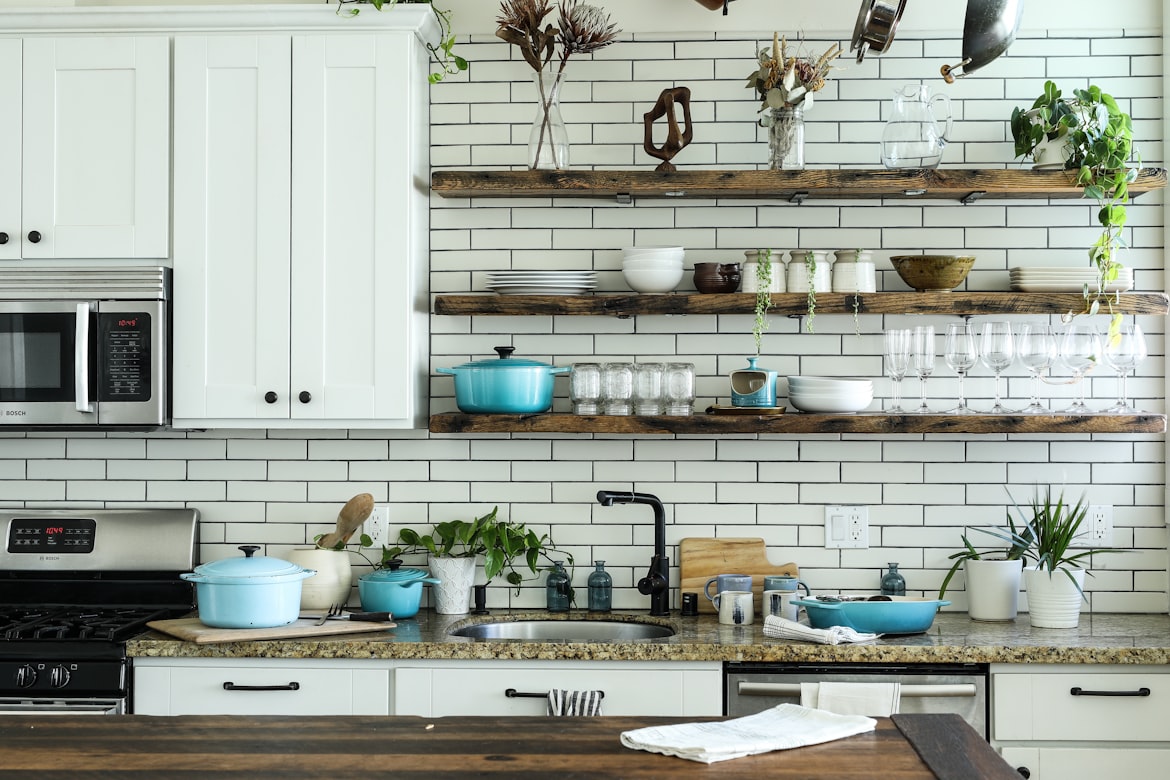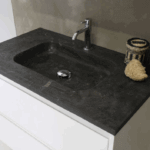Grohe Kitchen Faucet Spray Head Repair & Cleaning
Grohe has been around for over a century and is a top kitchen and bathroom fittings manufacturer. Despite the undeniable quality of its products, constant contact with water and debris means that some of them will probably require cleaning and servicing throughout their life span. The Grohe kitchen faucet is no exception, with its spray head usually most affected.
This guide can help you determine when it’s time to clean or replace your Grohe spray head and provide you with step-by-step instructions on how to do it.
What Is a Grohe Kitchen Faucet Spray Head?
A kitchen faucet is a sink fixture that helps the user control water flow. It also helps regulate water temperature. Grohe kitchen faucets are known for their durability, functionality, and attractive design. Its spray head is an attachment that enhances the faucet’s flexibility, allowing you to direct it in multiple directions for a more convenient cleaning experience.
There are two main types of kitchen faucet spray heads, and they are as follows:
- Pull-down: This spray head is attached directly to the faucet spout, and you can orient it downward toward the sink. It also lets you control water flow and select from multiple spray patterns.
- Pull-up: This spray head connects to the faucet spout through a hose, improving its range, which is useful if you want to clean areas around the sink, such as countertops. You can even use it to water nearby plants.
Why Do Kitchen Faucet Spray Heads Require Repair and Cleaning?
For several reasons, even a quality kitchen faucet spray head such as the ones Grohe manufactures may require maintenance and repair operations. Some common ones are:
- Usual wear and tear: You’re likely to use the kitchen faucet spray head every day, so you’ll constantly pull and twist it in various directions. Over time, this can cause some components to loosen, affecting the spray head’s functionality.
- A buildup of minerals: Water usually contains several minerals, such as magnesium and calcium. Over time, these can accumulate and partially prevent water from flowing as it should through the spray head.
- Corrosion: Exposing the spray head to corrosive chemicals or living in an area with particularly hard or acidic water can lead to spray head deterioration.
How To Repair and Clean a Grohe Kitchen Faucet Spray Head
If you notice that your Grohe kitchen faucet spray head isn’t functioning as it used to, it may be time to repair or clean it. The following are some things you can do to make sure the spray head is what’s causing the issue and then fix it.
Check To Make Sure That the Spray Head Is the Problem
The first thing you can do is inspect the entire faucet to make sure the spray head is the part that needs cleaning or repairing. You can do that by first removing it. Hold it with one hand and use the other hand to rotate the cap above it counterclockwise. After that, you can just remove the cap and pull the spray head from the faucet.
Now turn on the water. Do you notice an increase in water flow, or is it still not running as it should? If the water flow is fine, you know the issue is with the spray head.
Take the Check Valve Out
The Grohe kitchen faucet spray head’s check valve prevents water from flowing back into the water supply. Although it’s built to let water in, it can sometimes clog and prevent it from doing so. You’ll need a screwdriver to remove it and check for debris. Place the screwdriver in the check valve’s center and then pull it up.
After removing it, you can run it through the water stream on both sides to eliminate any debris affecting the water flow. Remember that some Grohe spray heads may have two check valves, the second in the faucet’s neck, above the cartridge.
Take the Flow Restrictor Out and Clean It
The spray head’s flow restrictor is a small cylinder with tiny holes, and its purpose is to reduce the amount of water going through the faucet. It’s a useful feature, as it helps you waste as little water as possible when performing kitchen duties. However, it’s prone to getting clogged, mostly due to the above-mentioned mineral buildups.
Grohe kitchen faucets usually have a restrictor right at the end of the spray head, but some models have it next to the check valve. If you don’t notice it when taking the check valve out, it means that you can locate it in the aerator at the end of the spray head. You can take out the aerator using the Grohe faucet key that came with the faucet. Don’t worry if you can’t find it, as it can be bought separately. You’ll find the restrictor inside the aerator. Take it out, clean it, and put it back.
You May Need To Replace the Spray Head
If the problem persists after cleaning the check valve and restrictor, you probably can’t resolve the issue yourself. In this case, the easiest and most cost-effective solution is usually to replace the spray head. Find your Grohe kitchen faucet’s model number and look for the faucet replacement on its website. It’s intuitive and easy to use, making it a safe and effective solution to your challenge.
Is Your Grohe Kitchen Faucet Acting Up?
If you’re in need of a Grohe kitchen faucet or any other similar bathroom or kitchen item, Allied Plumbing & Heating Supply Co. is your go-to place. We’ll use our passion, dedication, and over 30 years of experience in this field to help you with anything you need. We’re a family-owned and -operated business; excellent customer service is part of our company’s DNA. Visit us in our Chicago showroom or check out our website, and you’re sure to find what you’re looking for.
brown wooden shelf by Edgar Castrejon is licensed with Unsplash License



